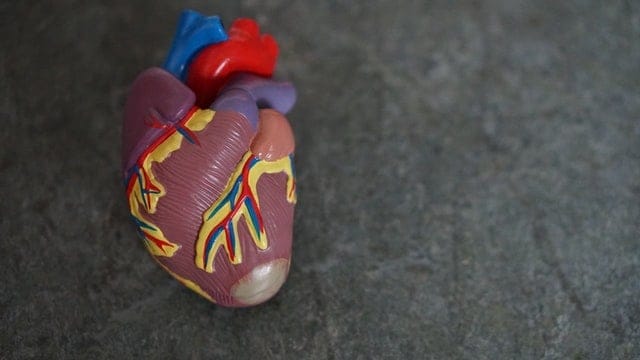
The global organ shortage is a serious crisis that affects many patients awaiting transplants. Medical scientists are working on creating solutions for this problem to save lives. One potential solution is bioprinting, which can create artificial organs out of biomaterials. We’ll discuss what this technology is, how it works and how it can help shorten the list of patients waiting for a donor.
Bioscientists are getting closer to 3D-printing artificial tissues in an attempt to cure bone and cartilage that’s commonly destroyed in sports-related traumas to the knees, ankles and elbows, according to recent sports news.
What’s Bioprinting?
Bioprinting is similar to 3D printing, working off related technology. Instead of the typical substances (metals, plastics, etc.), it uses cells and biomaterials. By doing this, we can mimic human tissue.
These structures have all kinds of medical implications if they function properly. For example, this technology could be a game-changer for organ transplants and possibly fix the global shortage.
How Does Bioprinting Work?
This process has three stages: pre-bioprinting, bioprinting and post-bioprinting. In the first one, we create a digital model and select our materials. Then we can create this representation with a computer-generated design, CT/MRI scans or a file from the internet.
We then put the file into a computer program known as a slicer, which analyses it and creates thin layers. When stacked vertically, they form the shape of the model.
Now we’re ready to move on to the bioprinting stage. We use a special ink loaded with cells to make the model a reality. The 3D printer turns the slices into code and then uses them as instructions.
Once the model is printed, post-bioprinting begins. We provide mechanical and chemical stimulation. This step controls cell growth to ensure stability.
How Can Bioprinting Be Used for Organ Transplants?
Bioprinting has the potential to be a major asset for organ transplants. There are a limited number of registered organ donors, and this issue has led to a global shortage. Waiting lists include thousands of patients, and many die before doctors can find a transplant.
If we can create bioprinted organs that function just like normal ones, we can potentially end this crisis. We wouldn’t need to wait for a viable option from a human donor. Instead, we could create the organs needed.
Additionally, bioprinting can help prevent organ rejection. Sometimes, a patient’s body doesn’t accept the transplant. Certain medical drugs can help minimise the risk. However, they don’t always work.
That’s where bioprinted organs come in. They use cells from the patient, significantly reducing the chances of tissue rejection.
What Are the Obstacles to Bioprinting?
While we continue to make breakthroughs with this technology, several challenges mean it might take a while to make printed organs for transplants a reality. First of all, we have limited options for materials.
Scientists have to find something strong enough to support the cells and hold the structure. Synthetic polymers don’t promote cell growth because they lack adhesion.
Another challenge is maintaining shape, as the structure is crucial. We’ve used biodegradable scaffolds in the past, but these can cause immune responses and toxic cell-to-cell interference. It’s also difficult to mimic an organ’s natural vascular system because of its small diameter.
How Do We Overcome These Challenges?
Scientists are working hard to overcome these issues. In 2019, researchers began exploring plant-based materials. Options like nanocellulose and alginate are very strong and naturally support cell growth.
Later that same year, other scientists began exploring scaffolding-free printing options. One potential solution is using a hydrogel bead bath that protects the cells during printing. Other researchers created Suspended Layer Additive Manufacturing (SLAM), a technique that uses polymer-based hydrogel and modified self-healing particles.
Additionally, developers have been working on improving bioprinters. Cellink and Prellis Biologics created the Holograph X, which can manufacture organ structures with capillaries. The Wyss Institute also came up with Sacrificial Writing Into Functional Tissue (SWIFT). This technique places vascular channels into organ building blocks to allow oxygen and nutrient flow.
The Editorial Team at Healthcare Business Today is made up of skilled healthcare writers and experts, led by our managing editor, Daniel Casciato, who has over 25 years of experience in healthcare writing. Since 1998, we have produced compelling and informative content for numerous publications, establishing ourselves as a trusted resource for health and wellness information. We offer readers access to fresh health, medicine, science, and technology developments and the latest in patient news, emphasizing how these developments affect our lives.







